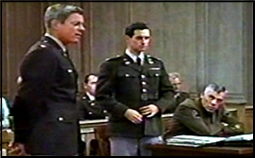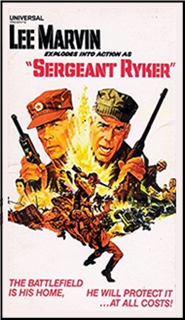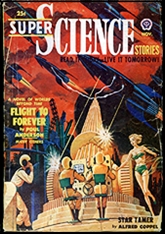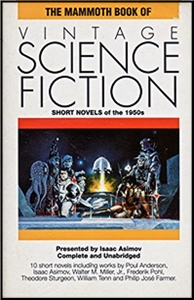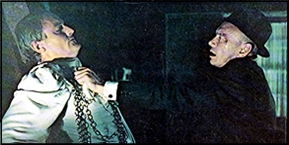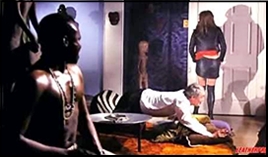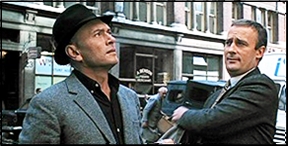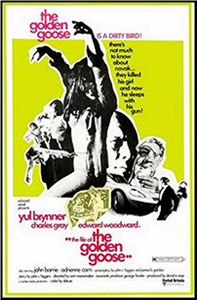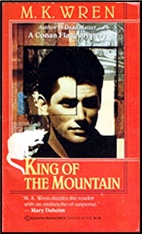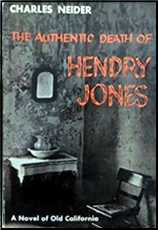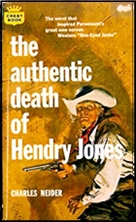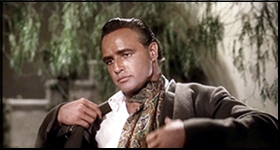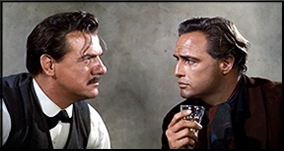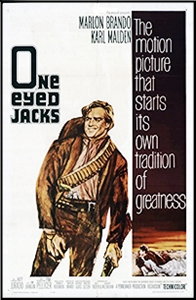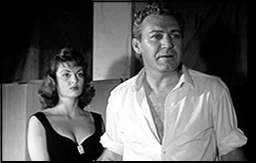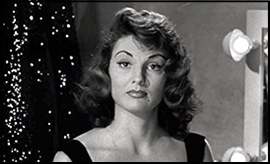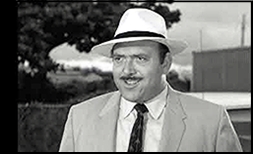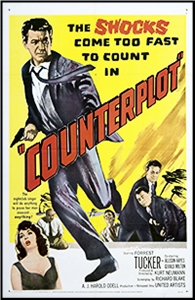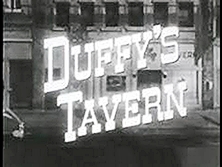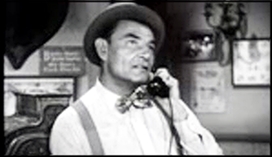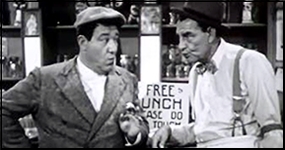Sat 11 Apr 2020
A Pulp Locked Room Mystery Review by David Vineyard: STUART TOWNE – Death Out of Thin Air.
Posted by Steve under Pulp Fiction , Reviews[6] Comments
STUART TOWNE – Death Out of Thin Air. Don Diavolo #1. Coward McCann, hardcover, 1941. First published as a pair of stories from Red Star Mystery magazine: “Ghost of the Undead†(June 1940) and “Death Out of Thin Air†(August 1940). Kindle edition: Mysterious Press, 2012.
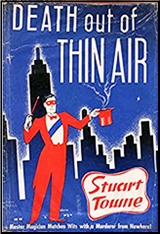
Fresh from the pages of the too short-lived Red Star Mystery, the scarlet-clad magician detective plunges into two full blooded pulp adventures combating clever villains and outwitting frustrated police Inspector Church in both the title piece “Death Out of Thin Air†and its companion “Ghost of the Undead.†Like his creator Clayton Rawson’s other sleuth, the Great Merlini, Don Diavolo, Nicolas Alexander Houdin, is a magician sleuth mystery man who specializes in solving Impossible Crimes, though of a more fantastic and melodramatic nature than his more literary companion.
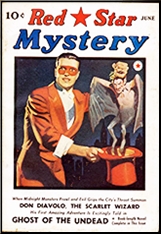
In “Undead†Don Diavolo finds himself pitted against “the living ghost of a medieval†murderer, none other than the original Bluebeard, Gilles de Rais, that has already struck terror in the heart of London:
It looked back once and the lamplight shone for a moment on its face. The face, if it could be called that, was black, and its features were unutterably grotesque and hideous. White pointed teeth gleamed between the bestial lips. The Thing had the face of a bat!
And on the woman’s neck, on the blue vein that throbbed there faintly now, were two small red incisions….
Now the hideous thing is in New York about to terrorize Manhattan and only Don Divallo stands between the grotesque killer, Count Draco, and his murderous plans after a beautiful woman forces her way into Diavolo’s dressing room at gunpoint and is murdered with two puncture wounds to the neck as a vampire bat invades the room behind her.
“Undead†even features a pretty good dying message clue that would have pleased Ellery Queen.
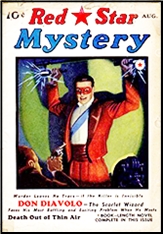
In “Thin Air†Don Divallo is faced with invisible killers who fade in bright light in front of the eyes of reliable witnesses, and comes to the aid of hard-nosed Inspector Church, his police ally/nemesis who, as usual, is more concerned Don Diavolo is up to no good than catching the real killer after he witnesses the murder of Sergeant Healey by an invisible killer in a locked room with no possible exit but the front door. The case also involves the infamous necklace of Marie Antoinette that started the French Revolution, and, as Diavolo, framed for the crime, tells Church, “… an Invisible Man, but he’s a different sort than you expect.â€
Despite his penchant for footnotes explaining the historical veracity of the tricks used in the story, it should be admitted going in that Stuart Towne is hardly as scrupulous as his more restrained Clayton Rawson persona, and Don Diavolo, as that red costume and opera cape suggest, is given to a deal more melodrama than the Great Merlini.
I can’t see Merlini tooling around Manhattan in white tie and tails in a scarlet Packard.
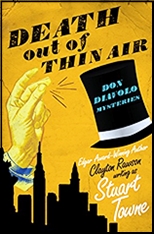
Along the way the Don Diavollo books often include a colorful cast of grifters, magicians, con-men, and other theatrical types, Diavolo’s assistant/valet Chan, several beautiful women assistants, his manager, trick designer, the theater owner, and favorite publicist as well as murderous bad guys and cunning plots which Diavolo solves with flair, if not quite as carefully staged as a Rawson, John Dickson Carr, or Hake Talbot impossible crime, but what the stories lack there they make up for in speed and pulp style energy.
Hardly the only magician detectives in the mainstream or the pulps, Merlini and Diavolo are still standouts in a company that includes Walter Gibson’s Norgil, and though no magician, the impossible crimes of Edward D. Hoch’s Nick Velvet. Other sleuths who show a fair hand at misdirection would include the Shadow and Arsene Lupin both given to performance art as much as crime prevention. No few writers have even trotted Harry Houdini out as amateur sleuth, notably Daniel Stashower in a series of well done mysteries.
There are two collections of Towne novellas from Mysterious Press available in E-book form, this, and Death From Nowhere, and both are worth the effort, bright and entertaining pulp adventures with a bit more going for them than just the speed and invention of the average pulp mystery. While far from perfect they move fast enough you may not pause to overthink things, and the mystery and detective angle is much better developed than the usual pulp hero mystery. Don Diavolo may not have had a long run on the pulp stage, but his act is worth catching.
